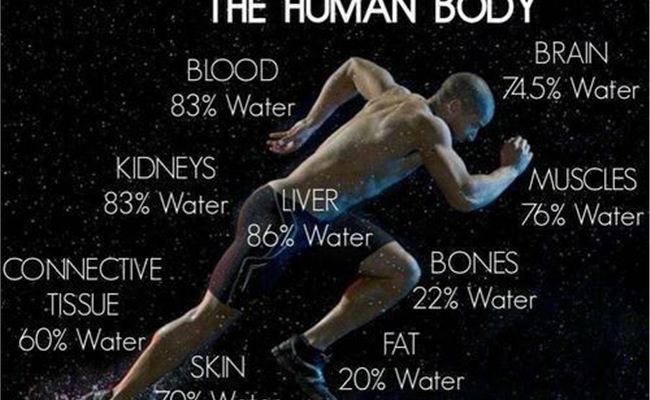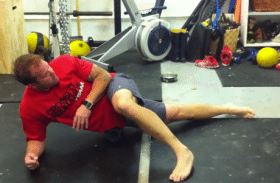Top 5 Adventure Race Preparation Tips (so you don't die)
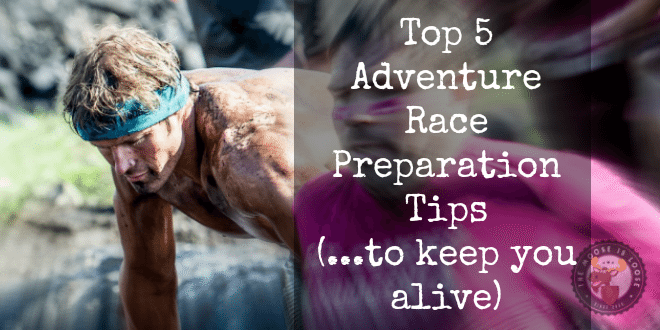
Top 5 Adventure Race Preparation Tips (...to keep you alive)
Tip 1: Drink Water (duh!)
You train. You sweat. In fact, doing an 18k outdoor adventure challenge YOU SWEAT a TON! And when you sweat, those fluids need replacing. Here's 1 of 6 tips shared by WebMD on the 'why' we should drink more water.
Water Helps Energize Muscles . Cells that don't maintain their balance of fluids and electrolytes shrivel, which can result in muscle fatigue. "When muscle cells don't have adequate fluids, they don't work as well and performance can suffer," says Guest.
Drinking enough fluids is important when exercising. Follow the American College of Sports Medicine guidelines for fluid intake before and during physical activity. These guidelines recommend that people drink about 17 ounces of fluid about two hours before exercise. During exercise, they recommend that people start drinking fluids early, and drink them at regular intervals to replace fluids lost by sweating.
Tip 2: Start to eat smaller quality meals 48 to 72 hours before race day
Proper nutrition is an EVERYDAY thing. We need consistency with the fuels that feeds our bodies. However, even if your diet isn't perfect, you'll definitely notice if you make a concerted effort to eat and drink cleanly the week leading up to race day.
Tip: Make sure the meals contain all 3 macro-nutrients: carbohydrates, protein and fats. Personally I've found that a " Zone Diet " like split works well for me; 40% of calories from carbs, 30% protein and 30% fats. Here's a few links to some amazing resources all about pre-race nutrition.
- Off the Grid: Nutrition Training Tips
- Outside magazine: A complete nutrition strategy for Tough Mudder events
- Irish Triathlon: Beth McCloskey’s Top 10 Nutrition Tips for 1 Day Adventure Races
- Men's Fitness: Adventure Race nutrition Guide
Tip 3: Mobility, mobility (and more mobility)
Let's face it, as much as we love the obstacles in Tough Mudder , Spartan Races and other outdoor adventure races, they're only a small part of the race. The bulk of our time is spent doing one of my least favorite things... RUNNING! Yuck! LOL!
Kelly Starrett, author of Becoming a Supple Leopard ( aka the Mobility Bible ) has a top 10 list of essential mobility exercises which he shares with the Competitor.com crew. Full description of these mobility drills, check out the below links.
- Mobility Exercises For Runners
- Unglue Your Sticks
- Quads Or Spine?
- The Runner/Split Jerk Dream Mob
- Recovering Your Jumping Calves
- Lower Leg Business
- Heel Cord Love
- Sumo And Medial Chain Business
- Hip Extension/External Rotation
- Hamstring Stiffness
- Mob Those Lower Leg Bits
Tip 4: Sleep and Recovery
[caption id="attachment_10380" align="alignright" width="224"]
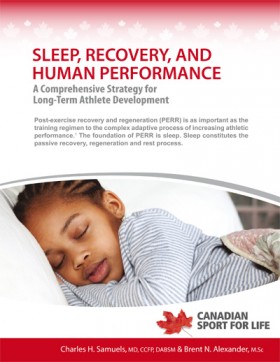 Click here to download the entire report[/caption]
Click here to download the entire report[/caption]Sleep is essential for optimal performance... but don't take my word for it. Check out the following exert from Swim Saskatchewan's report on the relationship of sleep to performance.
The relationship of sleep to PERR and performance can be viewed in a structured fashion. Sleep length (total sleep requirement: hours/night), sleep quality (sleep disorders, environmental disturbance or fragmentation), and sleep phase (circadian timing of sleep) are the key factors affecting the overall recuperative outcome of the sleep state. These three limits of sleep affect an athlete’s ability to train, maximize the training response, and recover. Most importantly, these parameters change over the course of an athlete’s career and life. Therefore, the athlete, parents and coaches have to have strategies to adjust to the changing sleep requirements throughout the athlete’s career. Finally, attending to the importance of sleep will reduce the risk of over-training/under-recovery, enhance resistance to illness and improve recovery from injury.
Tip 5: Go outside and Play!
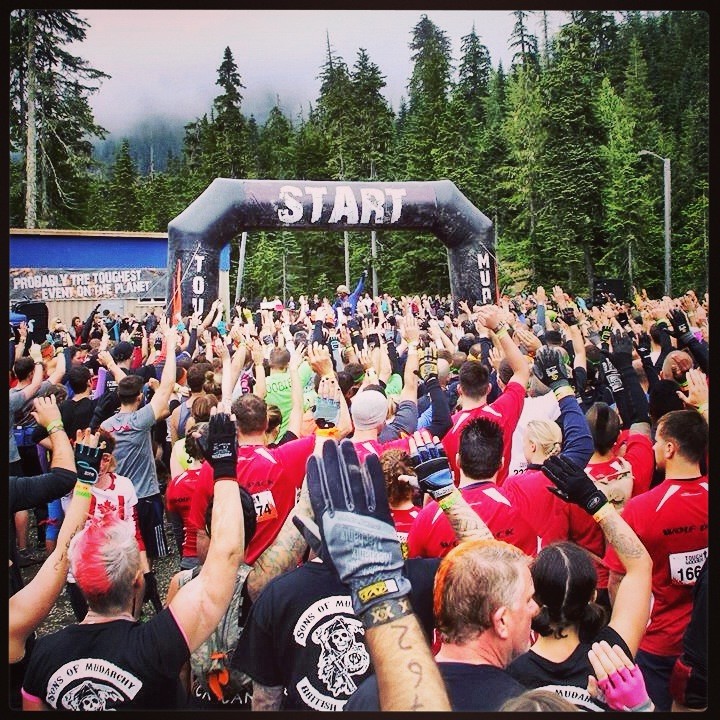
Having fun and playing is a sure way to cut stress, increase our happiness, improve energy and help us live healthier, more active lifestyles. Here's an exert from HelpGuide.org
When we play vigorously, we trigger a mix of endorphins that lift our spirits and distractions that distance us from pain, fear, and other burdens. And when we play with other people, whether they’re friends or strangers, we are reminded that we are not alone in this world. We can connect to others in delightful and meaningful ways that banish loneliness.

